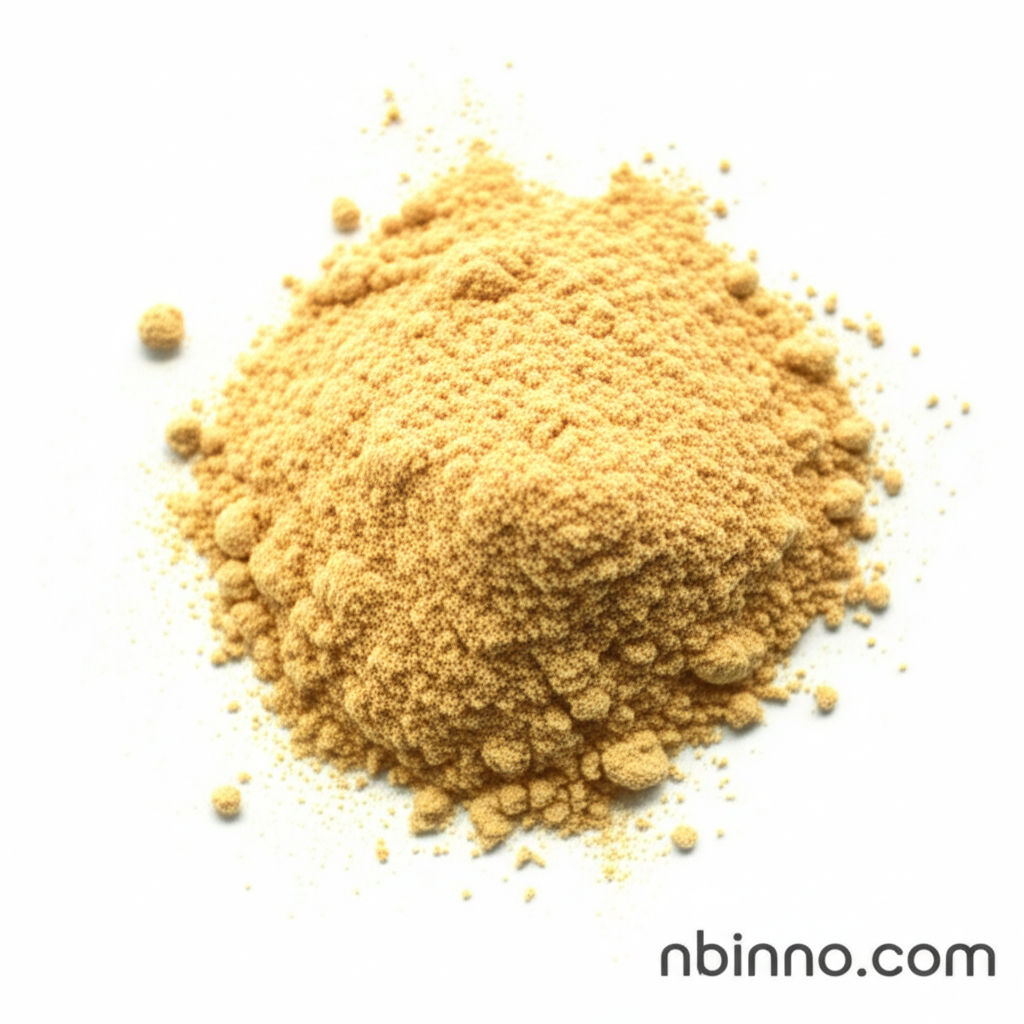2,3,5-Triphenyltetrazolium Chloride: A Comprehensive Guide
Explore the essential properties and diverse applications of this vital biochemical indicator.
Get a Quote & SampleProduct Core Value

2,3,5-Triphenyltetrazolium Chloride
This pharmaceutical chemical offers exceptional purity, making it a reliable choice for critical scientific research and diagnostic applications. Its unique ability to act as a redox indicator is fundamental to understanding cellular activity.
- Discover the crucial role of 2,3,5-triphenyltetrazolium chloride in cellular respiration studies, providing clear visual cues for metabolic activity.
- Learn how triphenyltetrazolium chloride is instrumental in biochemical assays, enabling precise differentiation of living and inactive tissues.
- Understand the advantages of using a high-purity (99%) pharmaceutical chemical, ensuring consistent and accurate experimental results.
- Explore the utility of the TTC redox indicator in various scientific fields, from plant physiology to medical diagnostics.
Key Advantages
Versatile Redox Indicator
Leverage the power of the TTC redox indicator to visually track metabolic processes, a key aspect when studying cellular respiration.
Reliable Biochemical Assay Tool
Utilize triphenyltetrazolium chloride in biochemical assays for accurate tissue viability assessment, a critical factor in research and diagnostics.
High Purity for Precision
Benefit from the 99% purity of this pharmaceutical chemical, ensuring reproducible outcomes in sensitive experiments.
Key Applications
Cellular Respiration Monitoring
The ability of 2,3,5-triphenyltetrazolium chloride to indicate cellular respiration makes it invaluable for biological research, helping scientists understand metabolic pathways.
Tissue Viability Assessment
In fields like autopsy pathology, triphenyltetrazolium chloride is used to assist in the identification of post-mortem myocardial infarctions by staining viable tissue red.
Plant Germination Testing
As a germination indicator, red tetrazolium (another name for TTC) is employed to quickly assess seed viability and predict germination success rates.
General Redox Indicator Use
Beyond specific biological applications, this compound serves as a versatile redox indicator in various chemical and biological contexts.
